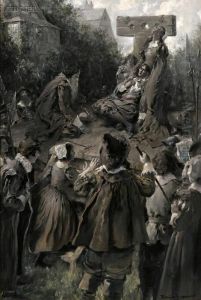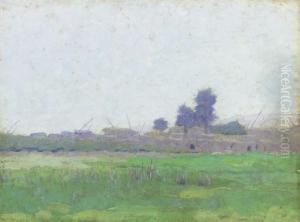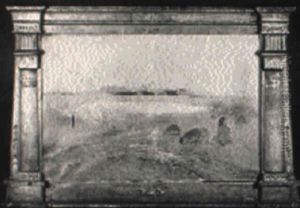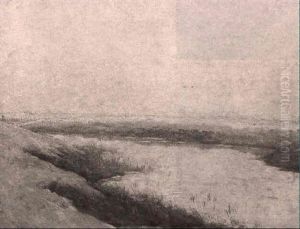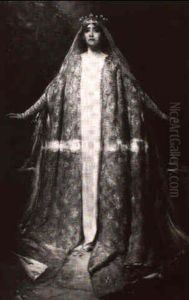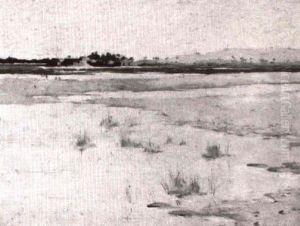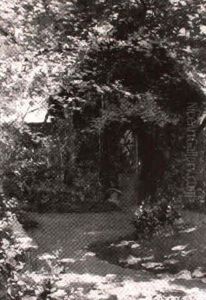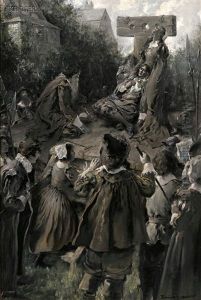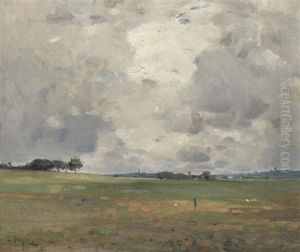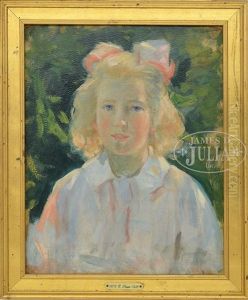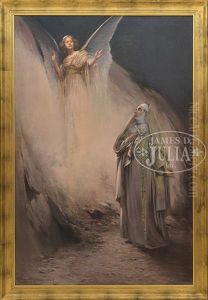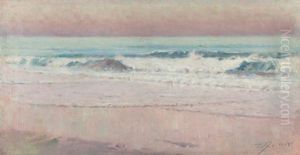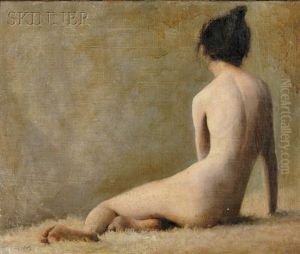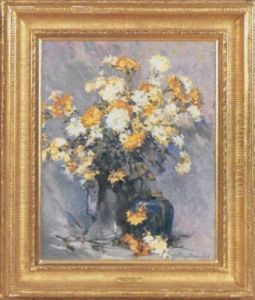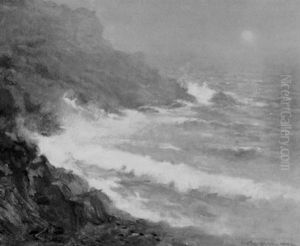Eric Pape Paintings
Eric Pape was an American artist known for his illustrations, paintings, and educational contributions to the art community. Born on October 17, 1870, in San Francisco, California, Pape's artistic talents became evident at an early age. He pursued his passion for art by studying at the School of the Museum of Fine Arts in Boston and later at the Académie Julian in Paris, where he was mentored by renowned artists such as Jean-Joseph Benjamin-Constant and Jean-Paul Laurens.
During his time in Paris, Pape was exposed to various artistic movements and developed a diverse style that encompassed both classical and contemporary elements. He achieved recognition for his illustrations, which were featured in prominent publications of the time, including Harper's Monthly and Scribner's Magazine. Pape's illustrations often captured historical and literary themes, showcasing his ability to convey complex narratives through visual art.
In addition to his work as an illustrator, Pape was also a prolific painter. His paintings often depicted scenes from mythology and history, as well as landscapes and portraits. His work was exhibited at various venues, including the Paris Salon, where he received accolades for his contributions to art.
Pape returned to the United States and became deeply involved in the art education community. In 1897, he founded the Eric Pape School of Art in Boston, which became a respected institution offering training in illustration and fine arts. Pape's teaching philosophy emphasized the importance of classical art techniques while encouraging individual expression among his students.
Throughout his career, Pape remained actively engaged in the art scene, participating in exhibitions and maintaining a presence in art organizations. His legacy includes not only his own artworks but also the impact he had on his students and the American art education system.
Eric Pape passed away on November 1938, leaving behind a rich body of work that continues to be studied and appreciated by art historians and enthusiasts. His contributions to art and education have cemented his place in American art history.


